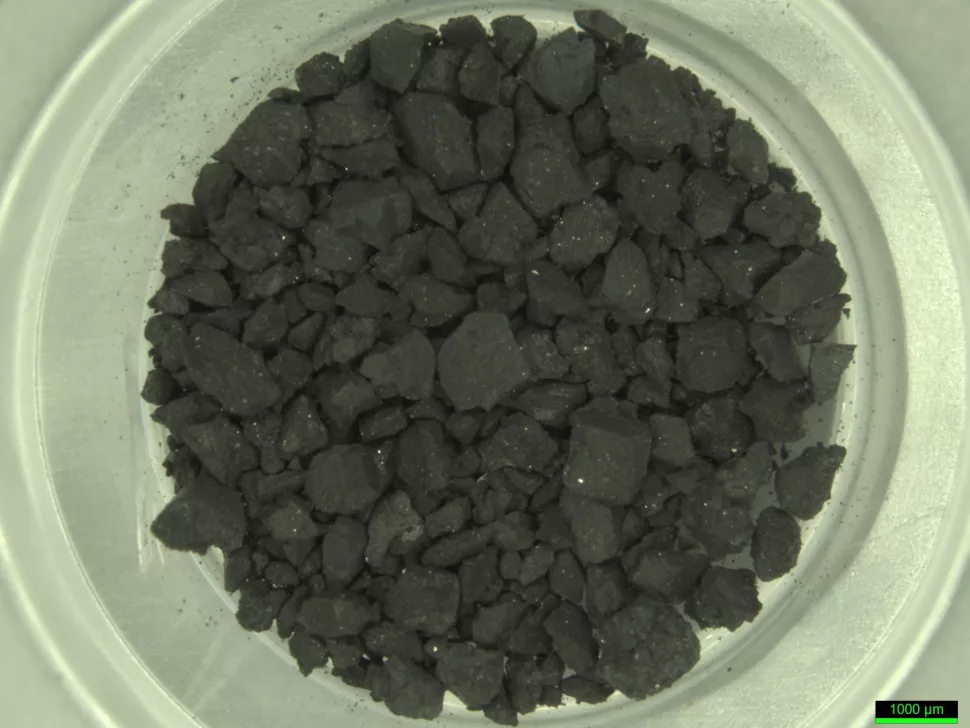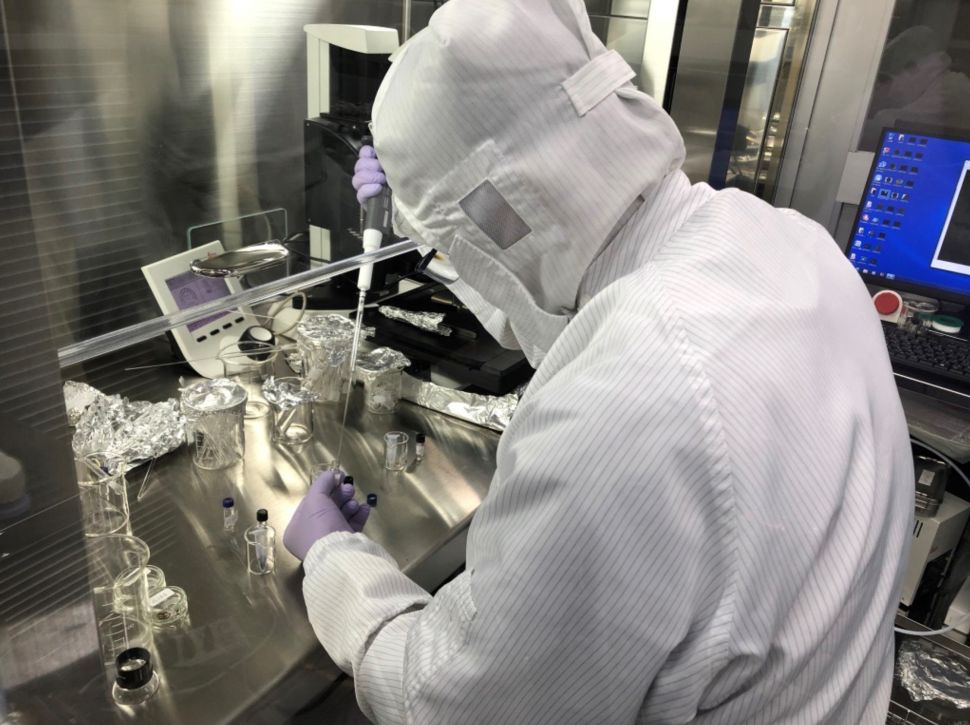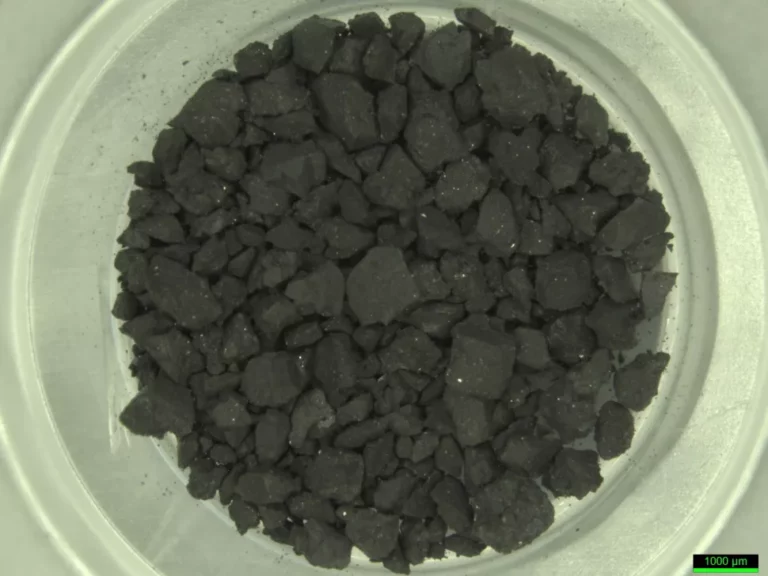Organic molecules, which could serve as the foundational elements of life, are abundant in the asteroid Ryugu.
The first look at samples returned by the Hayabusa2 spacecraft supports the theory that vital elements for life like amino acids could have been delivered from space.
Upon examination of a sample collected by the Hayabusa2 spacecraft, it was discovered that the asteroid Ryugu possesses a wealth of organic molecules that have the potential to act as the foundational components of life. These “prebiotic organics” include several types of amino acids, which are essential for constructing proteins that help to regulate chemical reactions and create structures like muscles and hair. It is worth noting that these molecules can also be formed by non-living processes, such as chemical reactions that can occur in asteroids.

The implications of these findings are significant, as they lend further support to the idea that the fundamental building blocks needed for life to emerge on Earth may have been delivered to our planet from outer space in its early days.
“The presence of prebiotic molecules on the asteroid surface despite its harsh environment caused by solar heating and ultraviolet irradiation, as well as cosmic-ray irradiation under high-vacuum conditions, suggests that the uppermost surface grains of Ryugu have the potential to protect organic molecules,” research lead author and Kyushu University researcher Hiroshi Naraoka, said in a statement . “These molecules can be transported throughout the solar system, potentially dispersing as interplanetary dust particles after being ejected from the uppermost layer of the asteroid by impacts or other causes.”
“Organic molecules” is a term used to describe a broad range of compounds that contain carbon as well as other elements such as hydrogen, oxygen, nitrogen, sulfur, and more. These molecules serve as the basic building blocks for all forms of life on Earth.
Interestingly, these compounds can be produced by non-living chemical reactions, indicating that the chemical processes occurring in asteroids may have generated the necessary ingredients for life. This field of research is known as “prebiotic chemistry,” which aims to uncover these processes that may have led to the emergence of life on Earth.
Upon examining the Ryugu sample, scientists also identified prebiotic organic molecules that form in the presence of liquid water, another essential component for life. These molecules include aliphatic amines, carboxylic acids, polycyclic aromatic hydrocarbons, and nitrogen-containing heterocyclic compounds.
“So far, the amino acid results from Ryugu are mostly consistent with what has been seen in certain types of carbon-rich (carbonaceous) meteorites that have been exposed to the most water in space,” research co-author and NASA Goddard Space Flight Center scientist, Jason Dworkin, said.

Although the Ryugu sample was found to contain a variety of prebiotic organic molecules, certain key components such as sugars and DNA/RNA constituents have not been detected thus far. However, the research team suspects that these compounds may be present in Ryugu but may have gone undetected due to the small sample mass that was examined.
In February 2019, the Japan Aerospace Exploration Agency (JAXA) spacecraft Hayabusa2 collected samples from Ryugu, which is situated approximately 215 million miles (347 million kilometers) from Earth. The samples were then returned to Earth in December 2020 and extracted in Japan in 2021. Subsequently, a minute quantity of 30 milligrams, or roughly 0.001 ounces, of the sample was analyzed by the international soluble organic analysis team at NASA Goddard in the autumn of that year.
This new study represents the first organic analysis of the Ryugu sample, and it is expected to be studied in greater depth for several years to come. Future investigations will involve comparing the Ryugu sample with samples from the asteroid Bennu, which were collected in 2020.
“We will do a direct comparison of the samples from Ryugu and the sample from asteroid Bennu when NASA’s OSIRIS-REx mission returns it to Earth in 2023,” said Dworkin. “OSIRIS-REx is expected to return much more sample mass from Bennu and will provide another important opportunity to look for trace organic building blocks of life in a carbon-rich asteroid.”
The team’s research is published in the Feb. 24 edition of the journal Science.
Do not forget to share your opinion with us to provide you with the best posts !





0 Comments